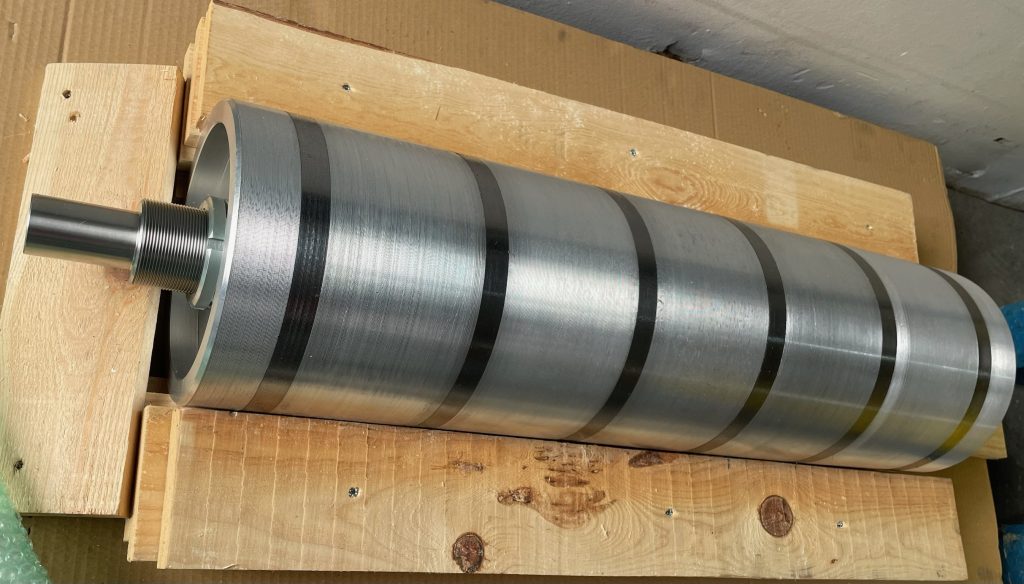Magnets in Wood Recycling: Innovative Sustainability in the Environmental Industry
Magnetic Separators: Optimizing Wood Recycling
The key to successful wood recycling lies in the strategic implementation of magnetic separation. This essential process uses magnets to efficiently extract metal elements, such as nails and screws, embedded in the wood. Beyond preserving the integrity of the recycled wood, this technique prevents damage to equipment and machinery, significantly improving the quality of the final product.
Advanced Technology: Magnetic Pulleys for Efficient Extraction
At the heart of magnetic separation technology in wood recycling are magnetic pulleys. Strategically placed on conveyor belts, these pulleys effectively capture metal elements in wood waste. This approach not only enhances process efficiency by continuously removing metal contaminants but also ensures more effective material handling.

Environmental Gains: Less Waste, Less Energy Consumed
The inclusion of magnets in the wood recycling process offers not only industrial advantages but also considerable contributions to environmental sustainability. Efficient metal extraction during the recycling phase reduces the amount of waste and decreases the need for additional processing. By preserving the quality of recycled wood, a longer lifecycle is promoted, thereby reducing the demand for new resources.
Diversified Applications: Sustainable Construction and Furniture Manufacturing
Recycled wood, treated with magnetic separation technology, finds applications in various industries, from construction to furniture manufacturing. The improvement in purity and quality makes this recycled wood preferred in sustainable projects, actively contributing to the reduction of the carbon footprint in these industries.
Continuous Innovation: Sustainable Magnets for a Greener Future
Research in sustainable magnets is driving an evolution in the technology applied to wood recycling. The introduction of recyclable magnetic materials and the efficient design of magnetic equipment are leading the way toward even more sustainable recycling practices.
Conclusion: Merging Efficiency with Positive Environmental Impact
The integration of magnets in wood recycling represents a successful convergence of industrial efficiency and environmental sustainability. Beyond improving the quality of recycled products, this practice fosters a more responsible approach to waste management and resource utilization. As magnetic technology advances, it is anticipated that wood recycling with magnets will play an even more prominent role in building a more sustainable future.
